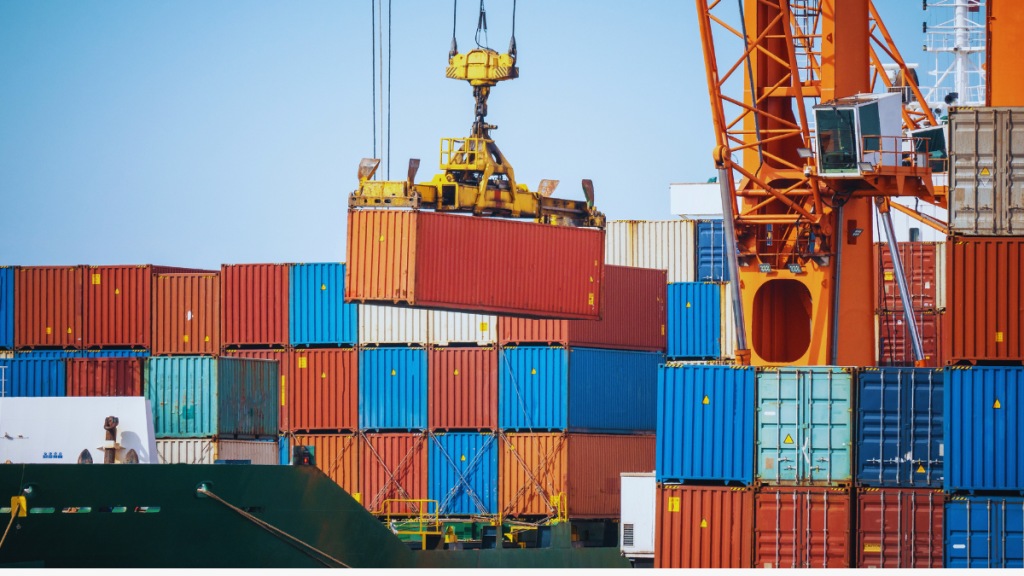India’s merchandise exports grew 6.74% on year to $36.38 billion in September despite a 50% extra tariff on its exports to the US coming into effect in late August. The better-than-expected growth in outward shipments could be attributed to pick-up in some other markets, a weak base (-2.8%), and stellar show by some sectors like electronics.
Exports to the US fell to $5.43 billion in September from $6.87 billion in August; that was a sequential decline of 21%.
Many of the export consignments that left Indian shores just before the 50% took effect may have also contributed to exports growth.
Imports during the month also showed a substantial growth of 16.66% to $69.53 billion, taking the trade deficit in September to $32.15 billion, a 13-month high. But imports growth was partly due to a surge in gold imports and a low base (-14%).
Because of the front-loading of shipments, in April-September exports to the US grew 13.35% to $ 45.82 billion.
“This indicates that our industry has been resilient. They have been able to expand trade with the US by maintaining their supply chains, maintaining their business relations. They may have taken on some cost losses but maintained those supply chains,” commerce secretary Rajesh Agrawal told reporters.
Around 55% of the export basket to the US is exposed to the India-specific 50% duties. The rest of the goods are attracting duties, which are the same for all trading partners.
Among goods, the drivers of the growth in exports in September were electronic goods which saw exports 50.54% to $3.11 billion. Shipment of petroleum products revived with growth of 15.22% to $4.95 billion, and rice exports rose by 33.18% to $924.88 million.
Significantly, marine product exports that were expected to be hit the maximum by US tariff increase have shown a growth of 23.44% to $781 million.
Engineering sector that has a large exposure to the US market and most impacted by US tariffs, showed growth of 2.93% to $10.11 billion. Gems and jewellery exports were flat (0.40%) at $ 2.83 billion.
The most hit was readymade garments and handloom, cotton yarn and made-ups. Readymade garment exports were down 10.14% to $997 million while the cotton and handloom exports contracted 11.66% to $930 million. “There have been developments across the world which have impacted trade, developments across supply chains, developments across markets which have been impacting trade. In all this turbulence exports of goods and services have done well in the first six months of 2025-26,” Agrawal said.
The import bill was driven by gold, silver, electronics and machinery.
Gold imports in September more than doubled to $9.61 billion while silver imports were up 139% to $1.3 billion. Festive demand and increase in prices of both these metals were cited as the reason for the increase. Electronics imports were up 15.46% to $9.82 billion, while machinery imports were up 9.405 to $5.00 billion.
Services exports in September fell 5.5% to $30.82 billion, while imports of services were down 7.6% to $15.29 billion. In April-September, merchandise exports were up 3.02% to $220.12 billion, while imports grew by 4.53% to $365.11 billion. Services exports in the first six months of the fiscal were up 6.12% to $193.18 billion, while imports were down 0.05% to $97.68 billion.

